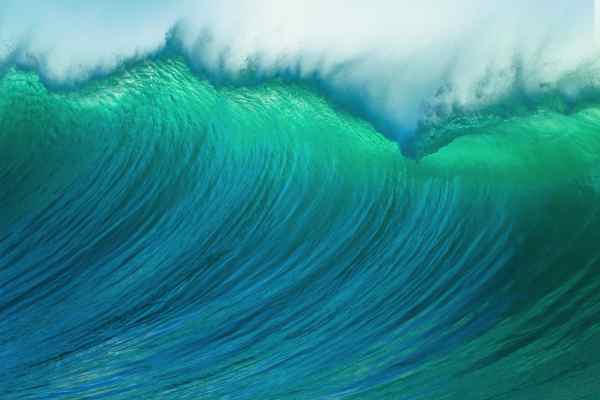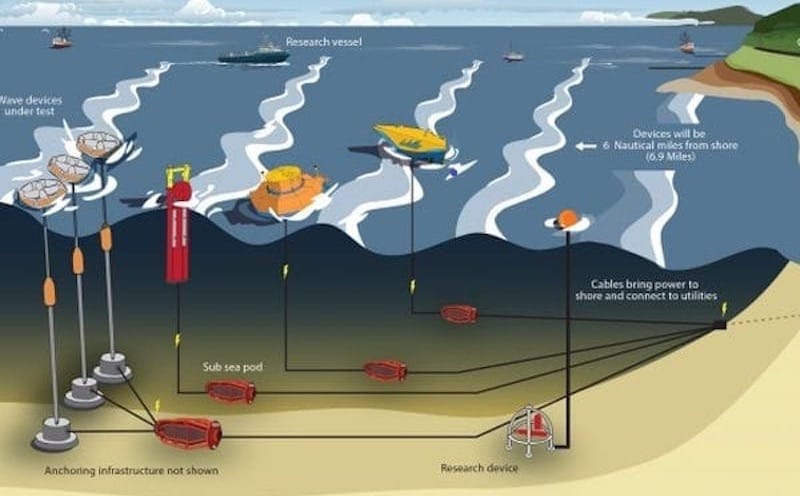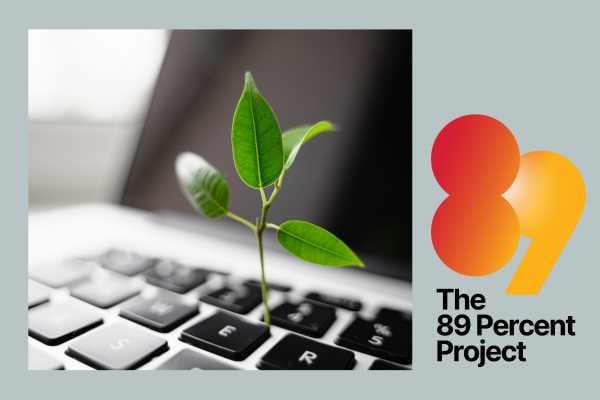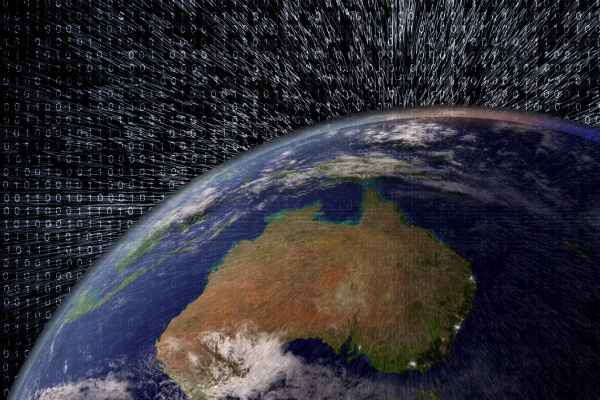US throws its energy into waves
The United States is diving into the blue economy with the largest-ever fund to boost wave power tech.

Armed with $112m in funding, the US government is backing wave energy in a big way.
The Department of Energy (DOE) has announced it will invest US$112.5 million over five years into as many as 17 projects to "significantly accelerate the design, fabrication, and testing" of wave energy converters - the devices that harness energy from ocean waves, with the first project ideas due by October 25.
The US has strong potential when it comes to wave energy, according to the DOE’s National Renewable Energy Laboratory, which says wave power alone could produce over 1,400 terawatt-hours (TWh) annually - enough to power 130 million homes.
The funding, managed by the DOE’s Water Power Technologies Office, is designed to find and grow the most promising wave energy converter (WEC) technologies. By reducing financial risks, it will make things easier for developers and attract more investors to this growing sector.
"The Department of Energy’s investment will give American developers the long-term funding they need to advance their technologies"
These projects will begin at smaller scales but are expected to grow toward utility-scale over time, with developers gathering valuable insights on installation, operations, and maintenance. The ultimate aim is to deliver affordable, clean energy to coastal and island communities, as well as to offshore operations.
The projects will also have a range of at-sea applications, including ocean observation, aquaculture, and even marine carbon dioxide removal. Coastal communities stand to benefit as well, particularly in power generation and clean water production.
Testing the Waters
On the utility side, new technologies might be tested at PacWave South, a shoreside test facility operated by Oregon State University off the coast of Newport, Oregon that is set to open next year and could become the world’s largest wave energy test centre (see image below).
“Marine energy has great potential in the United States," US Secretary of Energy Jennifer Granholm said. "The total available wave energy resource in the US is equivalent to approximately 34 percent of all domestic power generation.
"The Department of Energy’s investment will give American developers the long-term funding they need to advance their technologies, with the goal of providing millions of Americans with locally sourced, clean, and reliable energy."
LA makes waves
Meanwhile, LA is also getting in on the action, with a wave power pilot set to launch at the Port of Los Angeles, led by Eco Wave Power in collaboration with Shell. The project, located at AltaSea’s premises, marks the Swedish-Israeli developer’s first US venture.
Earlier this month, the Port of Los Angeles gave the green light for the engineering plans, with implementation expected to begin in about six months.
On Australian shores
Australia has also been dipping its toes into wave energy, though no large-scale commercial projects have been established yet.
Back in 2015, Carnegie Clean Energy installed CETO wave energy units off Garden Island as part of the Perth Wave Energy Project. At the time, it was the world’s first commercial-scale, grid-connected wave energy array. The units powered and provided fresh water to HMAS Stirling, Australia’s largest naval base, for one year.
More recently in 2021, Wave Swell Energy’s Uniwave prototype, resembling a large catamaran, was commissioned at King Island, Tasmania. This prototype powered the island’s grid, marking the first time wave energy was used to supply Australian homes. Though the unit was decommissioned in late 2022, it operated successfully for over a year.
The latest wave energy trial will see a prototype M4 wave energy converter operating off the coast of Western Australia. This demonstration project, designed to support the local aquaculture industry, will run for six months at King George Sound on the southernmost tip of the state.






